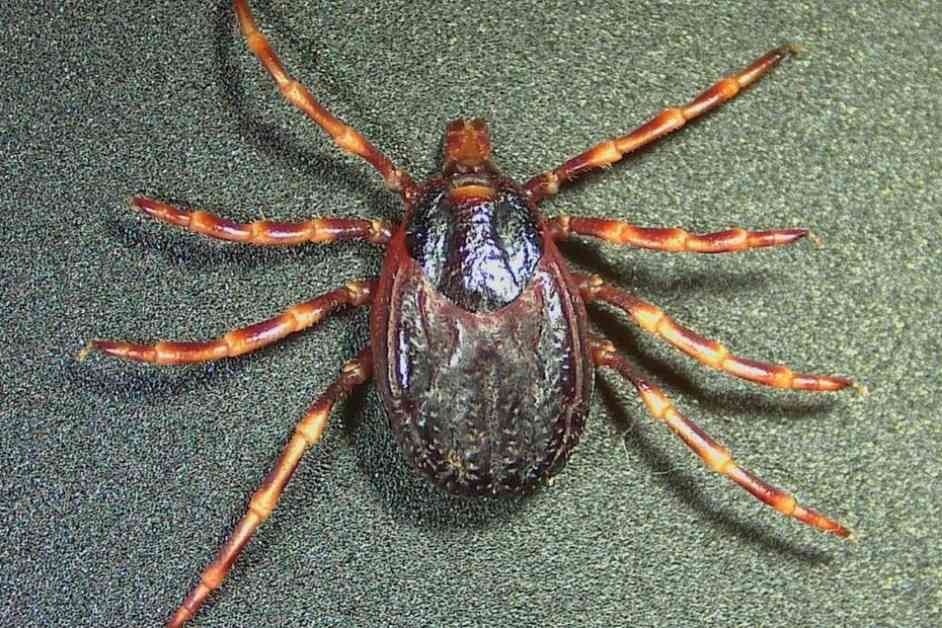Crimean-Congo Hemorrhagic Fever Virus is a potentially deadly disease that is transmitted by certain ticks. While no cases have been reported in humans in France yet, there is a real risk of the disease emerging on the Mediterranean coast.
As summer approaches, Santé publique France is warning about the risk of transmission of a virus that can cause a serious illness: Crimean-Congo Hemorrhagic Fever (CCHF). This disease, which is present in Asia and Africa, is now affecting southern France. The virus was first detected in France in October 2023, in ticks collected from cattle in the Pyrénées-Orientales and Corsica. This infection can cause fever, chills, digestive problems in humans, and in rare cases, severe forms with uncontrolled bleeding, which can be fatal.
The Crimean-Congo Hemorrhagic Fever is transmitted by the bite of infected Hyalomma marginatum ticks. This species of ticks is different from other ticks found in France: it is larger (up to 8 millimeters) and has striped legs. It has been present for about ten years on the entire French Mediterranean coast: Pyrénées-Orientales, Aude, Hérault, Gard, Ardèche, Drôme, Bouches-du-Rhône, Var, and Alpes-Maritimes.
While no human cases of Crimean-Congo Hemorrhagic Fever have been reported in France to date, the French Agency for Food, Environmental and Occupational Health & Safety (Anses) estimates that «the risk of the disease emerging in the territory is real.» About ten cases have already been reported in Spain.
In case of infection, the symptoms can sometimes be difficult to interpret. In humans, Crimean-Congo Hemorrhagic Fever generally causes flu-like symptoms with digestive problems, which can initially resemble intestinal flu. In some cases, the disease can worsen and result in a hemorrhagic syndrome, with a fatality rate of 5 to 30%.
The Hyalomma marginatum ticks are particularly present in spring and summer, in dry areas such as scrublands or maquis: pastures, hiking trails, fields, crops, orchards, vineyards, etc. The main way to prevent tick bites is to protect your body when in nature. Authorities recommend wearing clothing that covers the legs and arms, preferably light-colored to better see the tick, and closed shoes.
It is also important to regularly inspect your body and that of your loved ones, and have a tick remover or fine tweezers to quickly remove the tick in case of a bite. It is worth noting that there is also a risk of infection by the virus in case of contact with animal blood. The Hyalomma marginatum tick is mainly found on large animals such as horses, cows, sheep, goats, deer, roe deer, wild boars, etc., which can be carriers of Crimean-Congo Hemorrhagic Fever.
Studies are ongoing to assess the risk of the development of the Crimean-Congo Hemorrhagic Fever virus in humans in France.




















